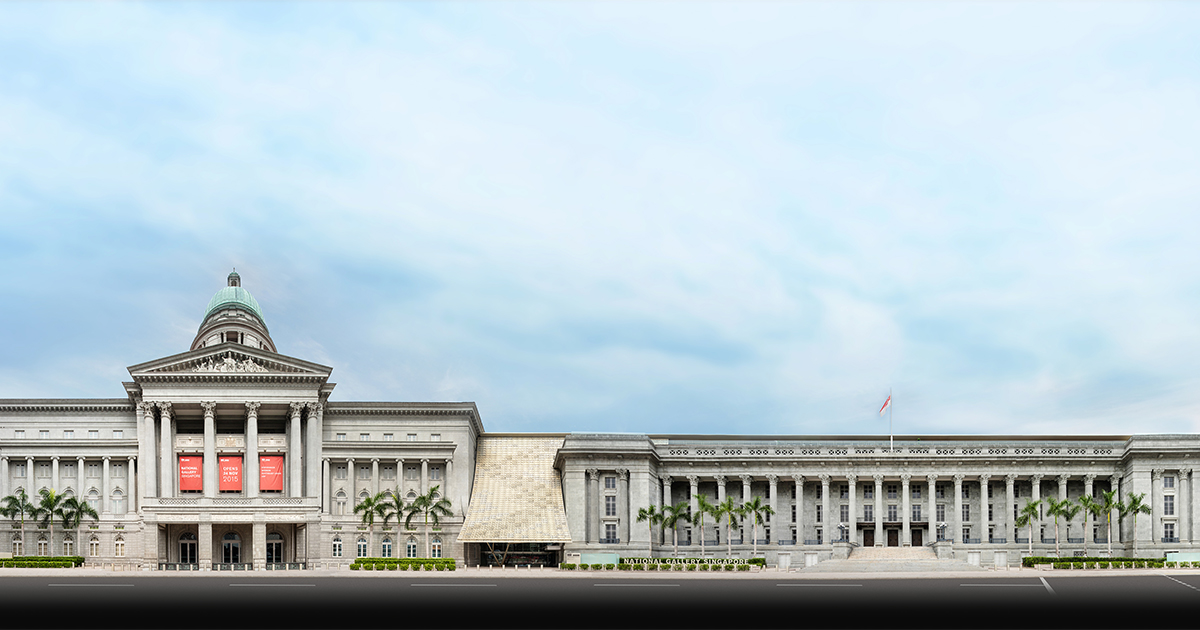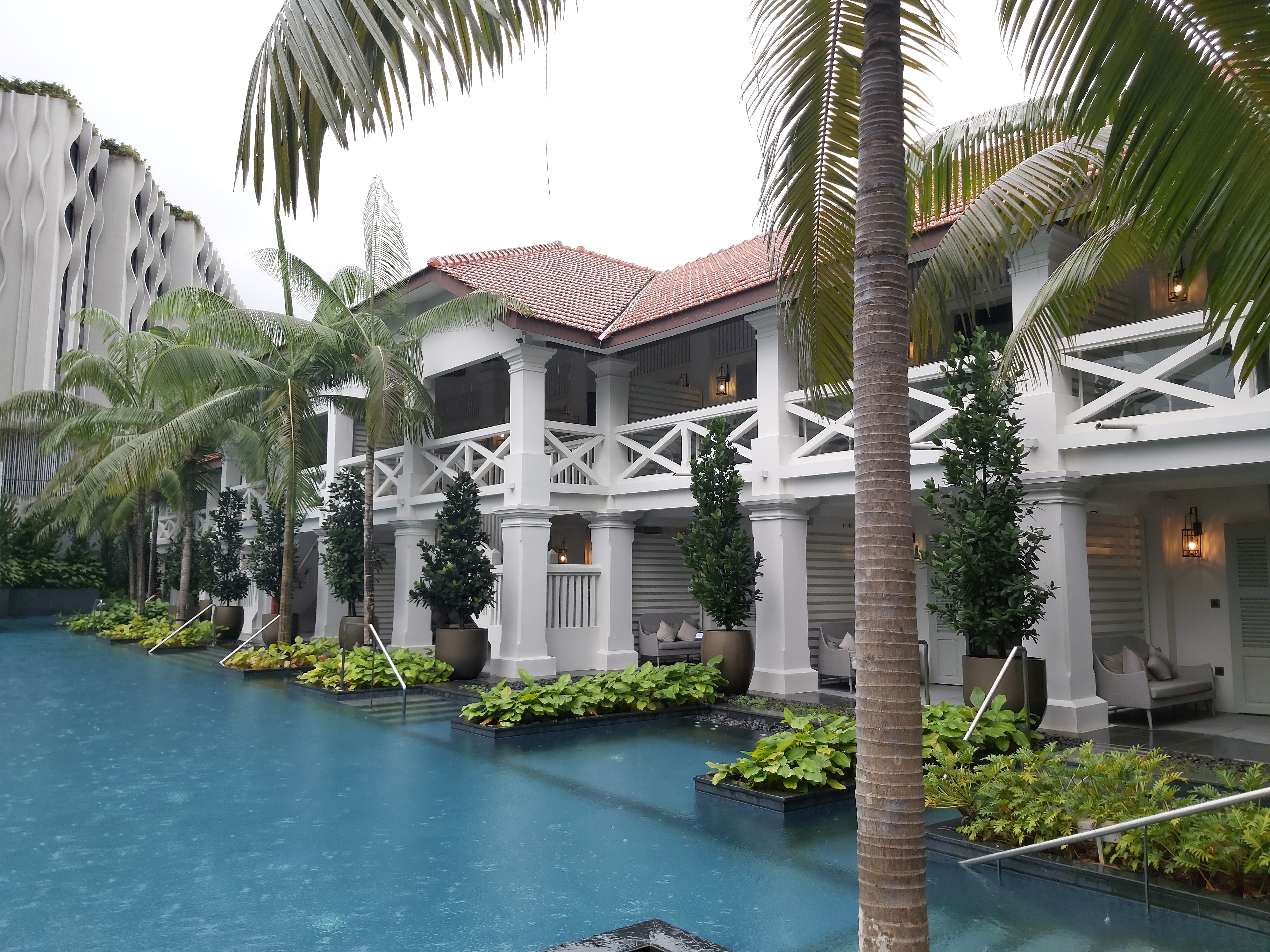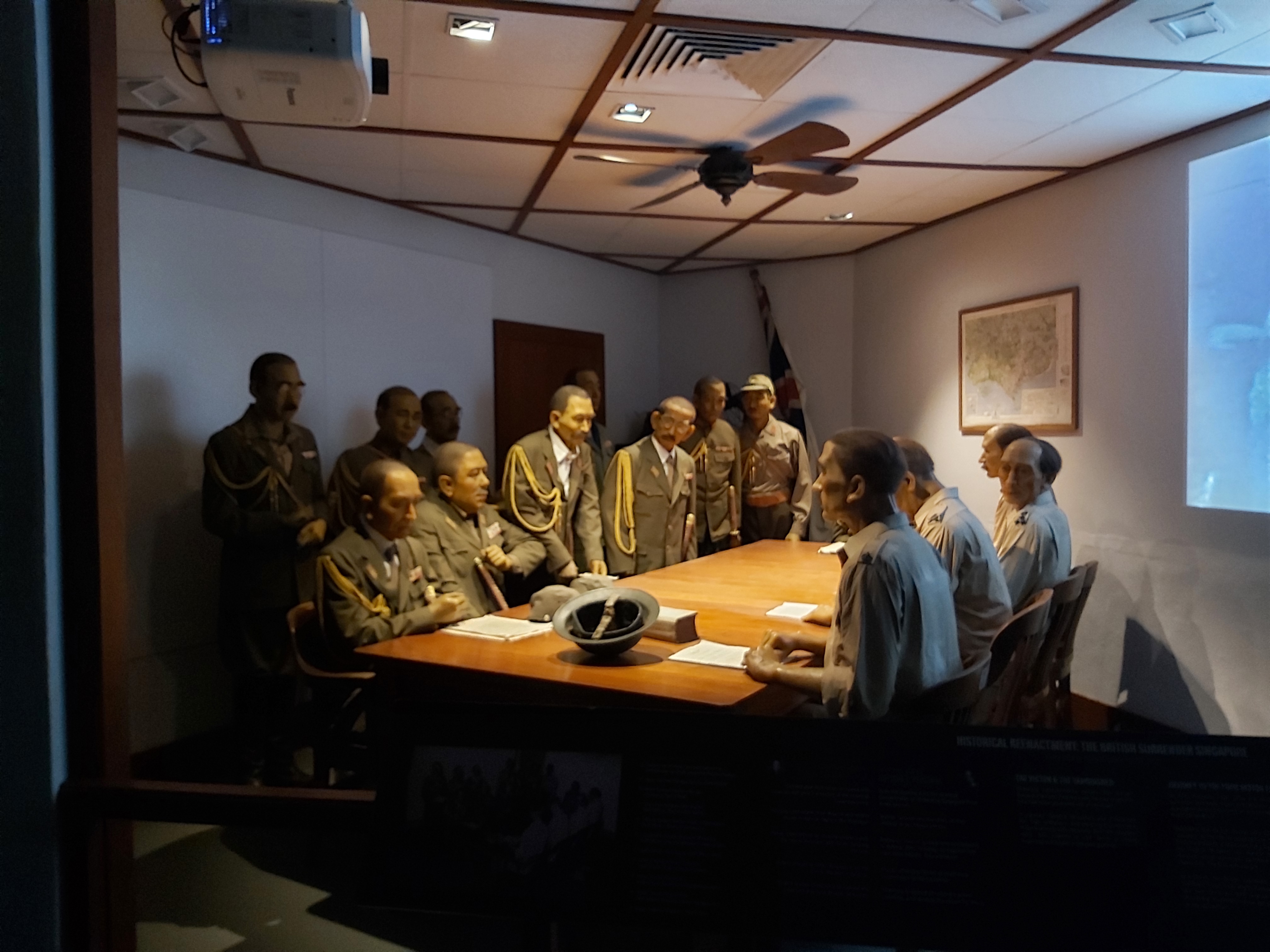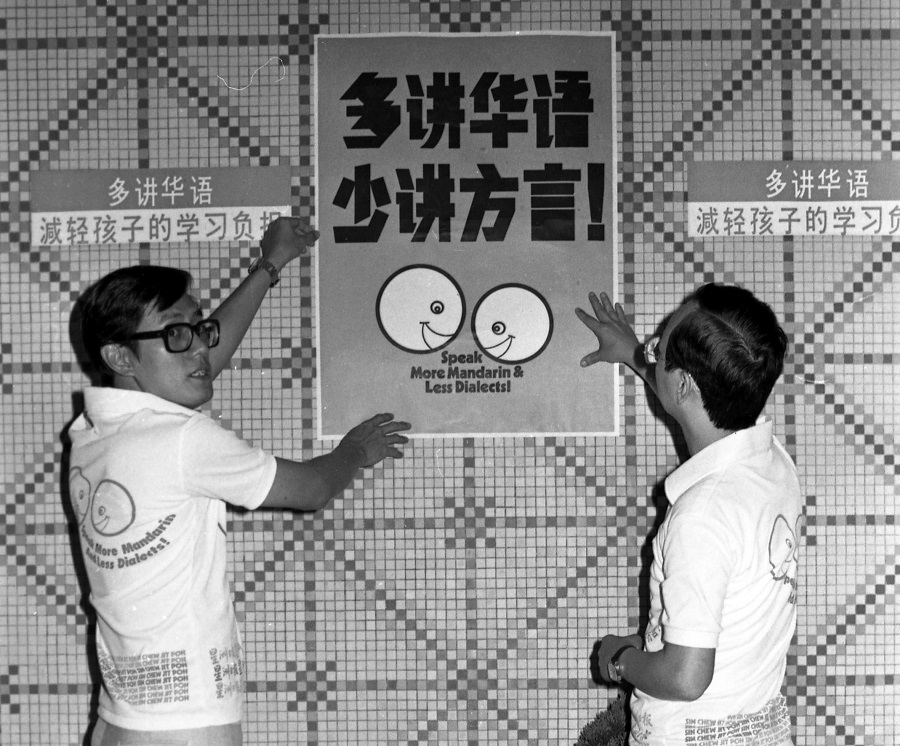
Post Independence
1965 - 1980
The 4 offical languages remains. Malay becomes the National Language of Singapore. Among the Malay Community in Singapore, Javanese, Buginese, and Boyanese were also mother tongues is many families. Among the Chinese community, while there were numerous Chinese medium schools teaching in Mandarin Chinese, Mandarin is not used in most family households. English, either as a first language or a second language, was made compulsory in national examinations to encourage bilingualism.
Status of Languages in Singapore
Language Most Frequently Spoken at Home For Resident Population Aged 5 and Above in 2020
Language Most Frequently Spoken at Home For Resident Population Aged 5 and Above in 2010
Source: CNA, Mediacorp
The pie charts above show that English has becoming more dominant at homes in just 10 years. The percentage of people speaking languages outside of the four official languages and Chinese dialects have also increased, showing our diversity.
Languages Spoken Most Frequently At Home (1957-2020)
Source: Department of Statistics, Singapore
We can see the steep decline of Chinese dialects in 1980, which can be largely attributed to the Speak Mandarin Campaign. As for Malay, it seems that it has remained relatively stable, but it should be noted that languages such as Bugis, Javanese and Boyanese has fallen in favour of Malay. The use of English has even grown more sharply since the introduction of the Speak Good English movement in 2000. Lastly, for Tamil, it has also remained largely stable over the years, similar to Malay.






